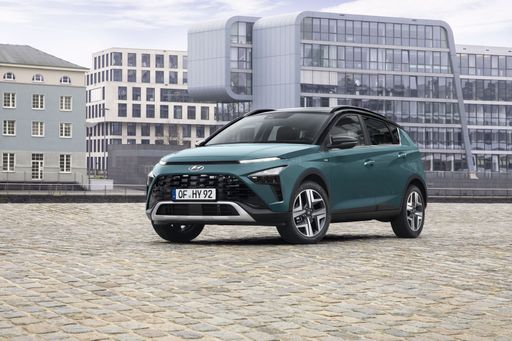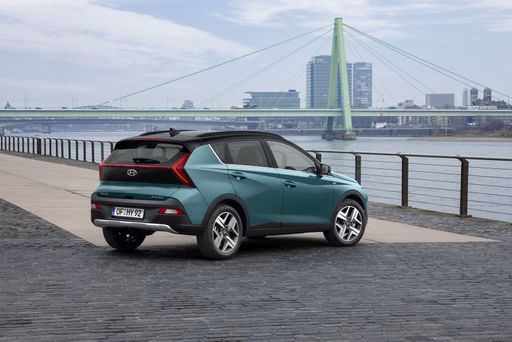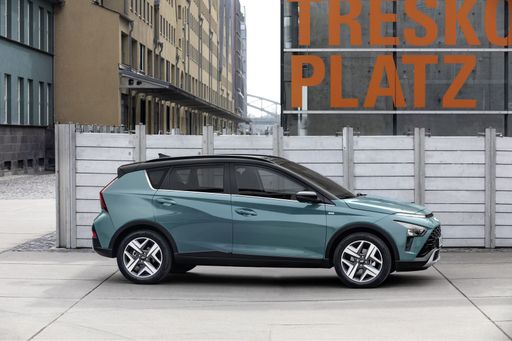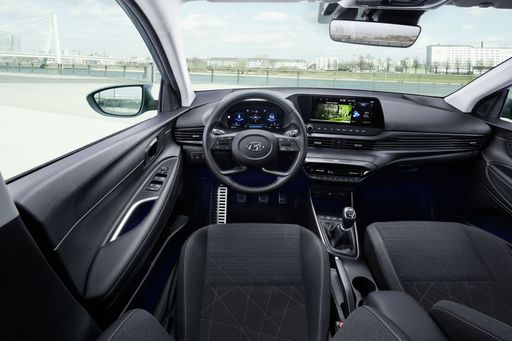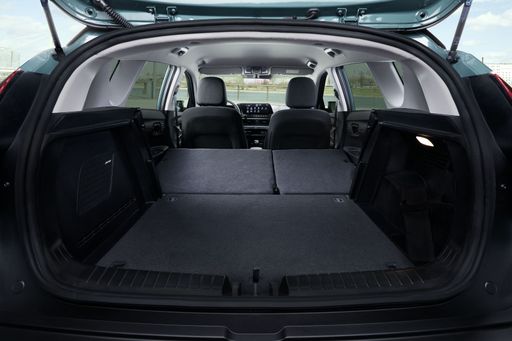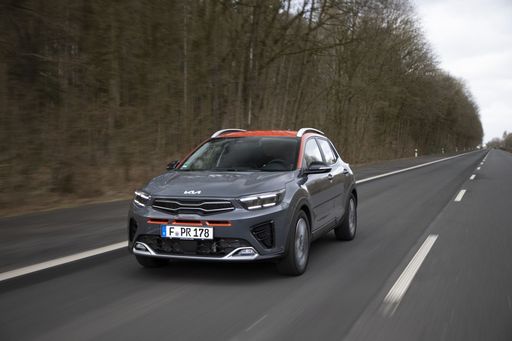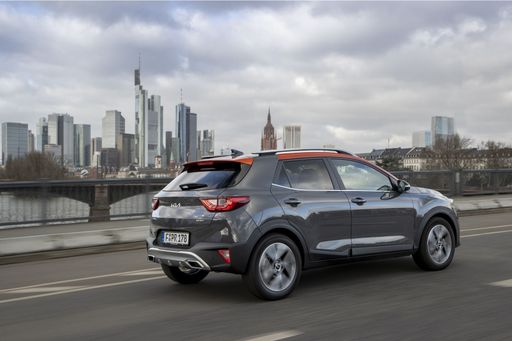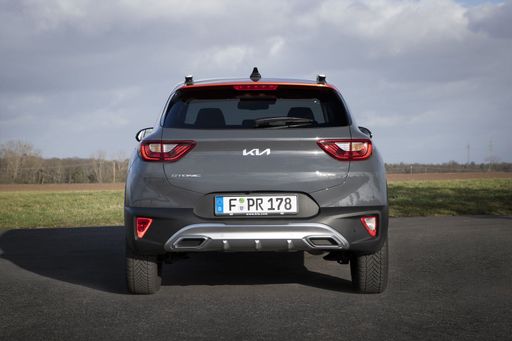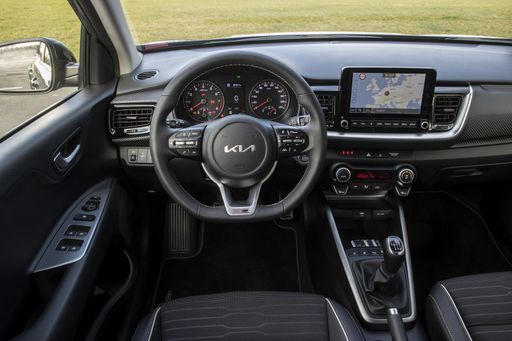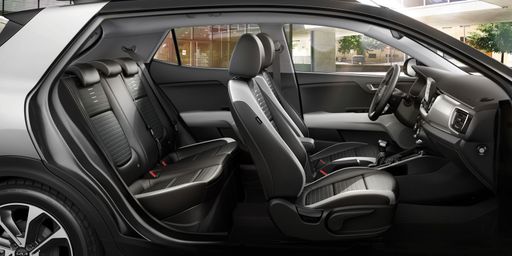The Battle of Compact SUVs: Hyundai Bayon vs Kia Stonic
In the ever-evolving auto marketplace, compact SUVs are making waves with their combination of practicality and style. Hyundai Bayon and Kia Stonic are two contenders fighting for the spotlight in this crowded segment. Both vehicles offer a mix of advanced technology, robust performance, and a host of features that will appeal to urban drivers and families alike. Let's dive deep into a comparison of these two vehicles.

